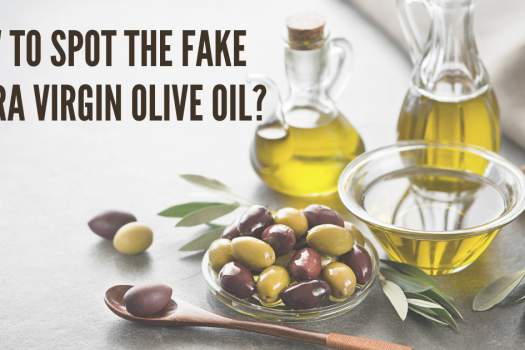When it comes to olive oil, not all oils are created equal. There are quite a few fake extra virgin olive oils on the market. But how can you spot the fake ones?
Extra virgin olives: what are they?
Extra virgin olive oil is a type of olive oil made from pure, cold-pressed olives. It is the highest quality olive oil available and has the most antioxidants, which makes it healthier than other types of olive oil.
What are the health risks associated with fake extra virgin olive oils?
When it comes to Olive Oil, “Extra Virgin” is the gold standard. This classification means that the oil has been cold-pressed from pure olive fruit and has no more than 0.8% acidity. It also has a fruity, peppery flavor and a slightly bitter aftertaste. However, not all extra virgin olive oils are created equal. Many of the olive oils on store shelves are fake. They’re made from lower-quality olives, processed with heat or chemicals, and often cut with cheaper oils like sunflower or canola.
So what’s the big deal? Well, for one, fake olive oil is not as healthy as the real thing. It’s linked to several health problems, including gastrointestinal and inflammation. Fake olive oil can also be harmful to your wallet. Because it’s not made from quality olives, it doesn’t have the same flavor or nutritional benefits as the real thing. You’re paying for an inferior product. So how can you tell if olive oil is real or fake?
Here are a few tips:
Check the price.
If olive oil is priced significantly lower than other brands, it’s likely not the real thing. Extra virgin olive oil is made from the first cold pressing of olives and has higher acidity than regular olive oil. This means that it’s also more expensive to produce. So, if you see an extra virgin olive oil priced significantly lower than other brands, it’s likely not the real thing.
Check the origin.
Most extra virgin olive oils will have the country of origin on the label. If the label doesn’t say where the olive oil is from, it’s probably not the real thing.
Check the harvest date.
Extra virgin olive oil has a shorter shelf life than regular olive oil, so it’s important to check the harvest date. The harvest date should be within the last year or two.
Check the color.
Extra virgin olive oil should be a greenish-yellow color. If it’s anything other than that, it’s likely not the real thing.
Check the taste.
Extra virgin olive oil should have a fruity, peppery taste. If it doesn’t, it’s likely not the real thing.
Check the packaging.
Extra virgin olive oil should be packaged in a dark bottle, preferably glass. This helps to protect the oil from light, which can degrade the quality.
If you’re not sure whether olive oil is the real thing, it’s always best to err on the side of caution and go with a different brand.
















